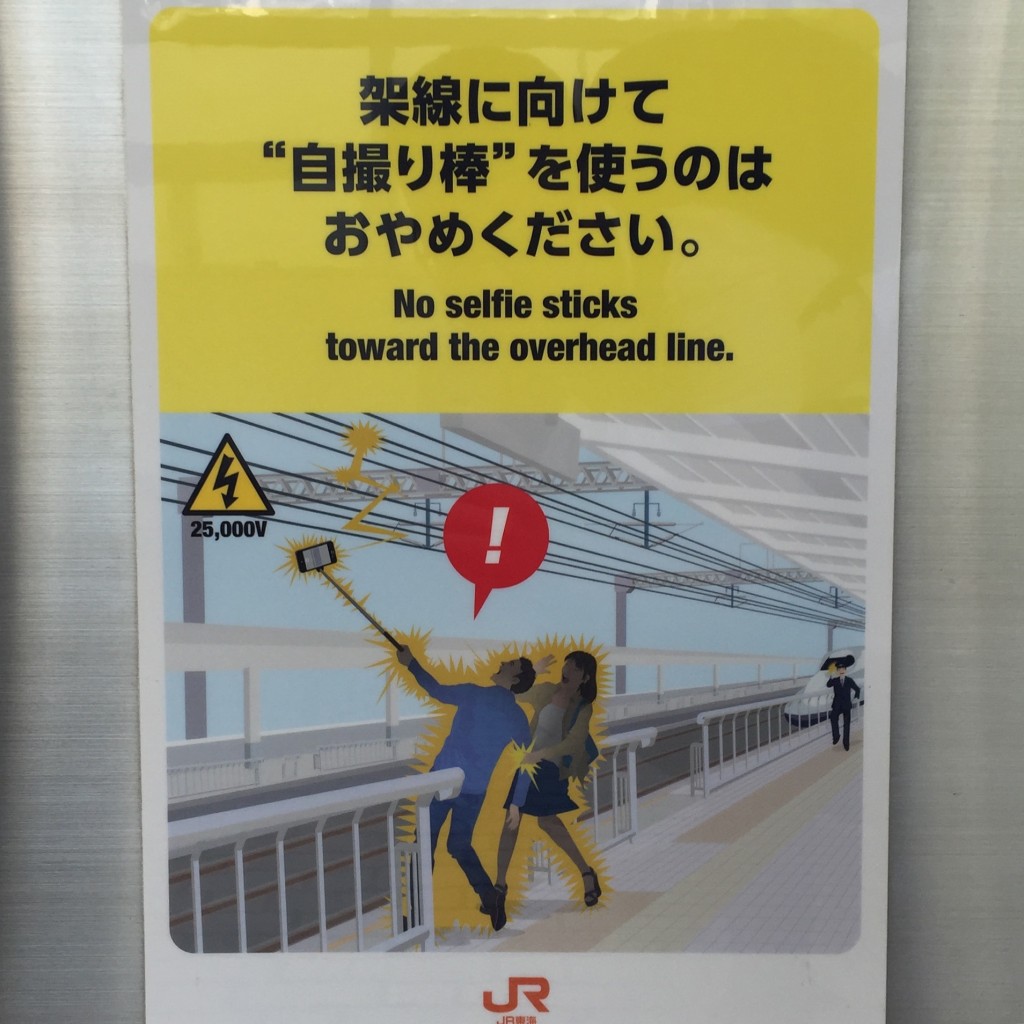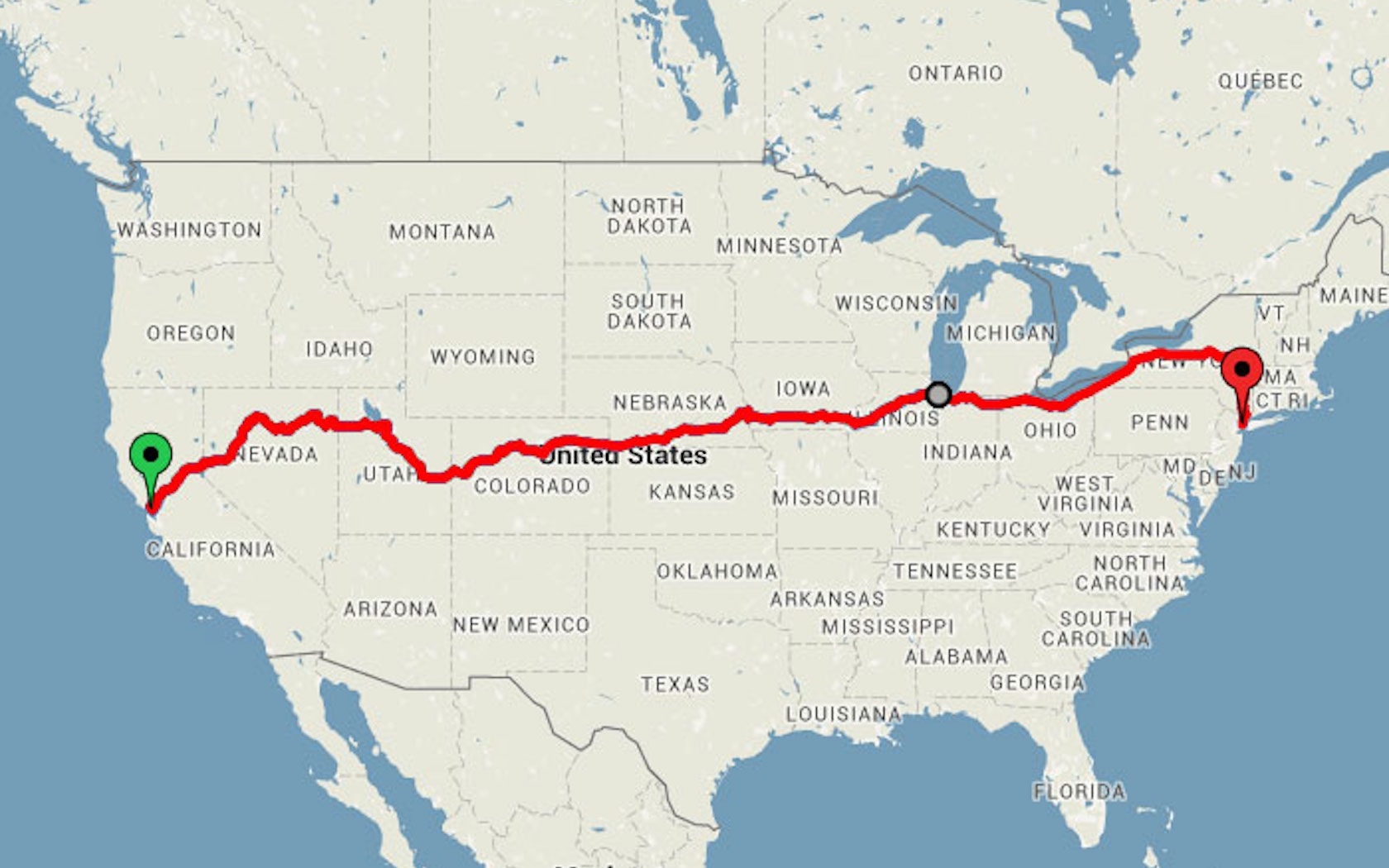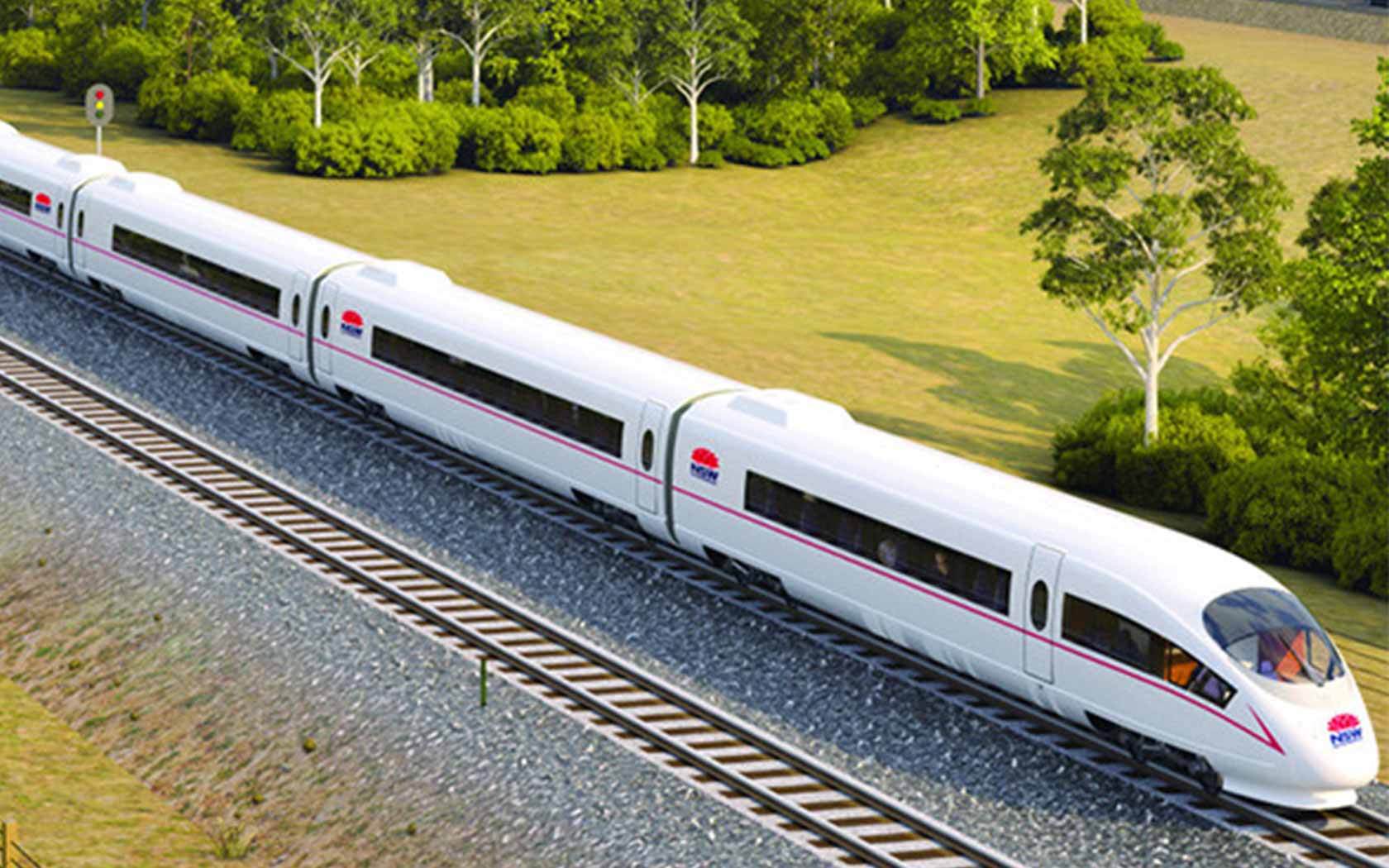What The Japanese Rail System Taught Me About Life

Luke Ryan is a Melbourne-based writer, comedian and man about…
If you only know one thing about the country, know this: Japan loves trains. The Japanese rail system is on a whole other level to other countries’.
Each day, some 20 million people take the train in Tokyo. Your average Japanese citizen clocks almost 2000km of inter-city rail travel a year, while 70 per cent use the train as their primary mode of transport (the next closest is Switzerland at 40 per cent). Perhaps unsurprisingly, Japan is also home to 45 of the 50 busiest train stations in the world.
Trains are the lifeblood of the country and they’re also the backbone of any trip to Japan, so here’s what three weeks spent bounding from Shinkansen to JR line to Tokyo Subway to Hiroshima ferry taught me about the meaning of existence.
[related_articles]59385,53625[/related_articles]#1 You’re a grain of sand on a vast, incomprehensible beach
Three-and-a-half million people use Shinjuku Station every day. Roll that figure around in your head for a moment: 3.5 million. That’s nearly every man, woman and child in Melbourne, coming through a single train station, each and every day.

If you stop moving in the middle of Shinjuku Station, prepare to come face-to-face with the scale of your own insignificance. Thousands of people – living, breathing humans with opinions, hopes and dreams – sweep past in a blur of strange, unyielding relentlessness. Flows of humanity splitting, dividing and reuniting with the irrepressible force of water on a slight decline.
You dare to call yourself special? You dare to call yourself unique? In the face of all this? It’s enough to court madness, like looking into the eye of a galaxy, or trying to work out exactly who was right in the Taylor Swift-Kimye beef. No, just keep on moving, eyes ahead, and everything will be OK.
#2 One person is capable of effecting change
Especially if that person has forgotten to top up their Suica card and taps it on to the reader during peak hour only to see the always-open gates – the only way the train stations can deal with such high traffic flow – slam shut in front of them, causing no less than 12 people to career into their back, like a fast-forward car crash made of pure, pissed-off humanity.
[related_articles]58895[/related_articles]Yes, I was that person. This is my story.
#3 Simplicity often hides great complexity
The Japanese rail system works. In a deep, fundamentally satisfying way, it just works. The longest I ever waited for a train past its due arrival time was 60 seconds and even then it was hard to know whether that was a late train, or just the next one in line.
The rail lines are colour-coded, the arrows plentiful, the signs big and filled with English translations. Inside these train stations, there’s a simplicity at play that borders on idiot-proof. Be where you need to be and a train will deliver you.
Actually working out where that train’s going though? Well, that’s between you and Google Maps. And if you do not have Google Maps, then may god have mercy on your soul.

#4 You can rely on the kindness of strangers
Tokyo’s trains wait for no man. Literally: when it’s time to leave, they leave. The doors slam shut and, if you happen to have a suitcase, or an umbrella, or, say, an arm still stuck outside, well, that’s between you and the rapidly onrushing walls of the subway tunnel.
The sheer intricacy of the network’s timetabling doesn’t allow for anything so trifling as human error or compassion. This is mathematics, pure and simple.
[related_articles]64116[/related_articles]It does, however, see big red buttons that are pressed if visitors see someone who hasn’t quite gotten all their body parts through the door installed on the platform. That’s it. You are at the mercy of the big red button and whoever on that platform may have noticed your desperate plight. Pray that karma delivers you.
#5 This is no place for loafers!
There are almost no seats on Japanese train platforms. I don’t think you’re going to find a better symbol of the nation’s attitude towards both its public transport — and life in general — than the fact that no-one, not even the elderly, is being invited to sit down. Movement is life! Sitting is weakness!

There are also no bins, and somehow no trash, which, in a country as obsessed with unnecessary packaging as Japan does make you wonder how much garbage the guy whose underarm your face is pressed into is actually carrying.
#6 We are all one
Is what you’ll be thinking as you realise that, yes, you are physically trapped and if you want to make any progress towards the door before the next stop, it’s going to require a communal effort to get things moving. When you eventually escape, it’ll feel like a team-building exercise designed by the queen of a colony of army ants.
#7 Idiocy is universal

One has to ask: how many people have been electrocuted by their selfie sticks that they felt the need to put this sign up in every single Shinkansen station across the Japanese rail system?
Now check out our comprehensive guide to catching the train in Japan.
(Lead image: Hugh Han)
Luke Ryan is a Melbourne-based writer, comedian and man about town. His work has appeared in Best Australian Essays, Junkee, the Guardian, Smith Journal and Kill Your Darlings, and in 2014 he released his debut book, A Funny Thing Happened on the Way to Chemo. In 2015 he was editor of the inaugural Best Australian Comedy Writing, out now through Affirm Press.








